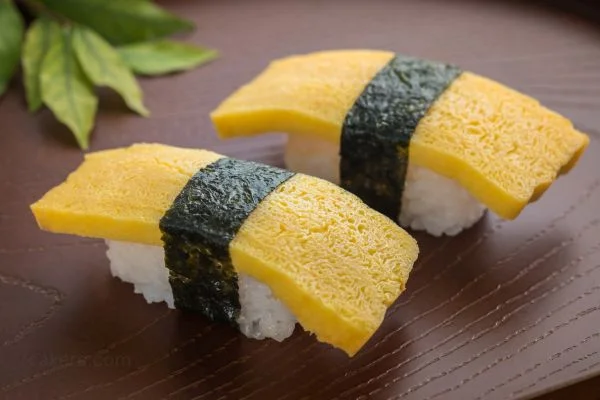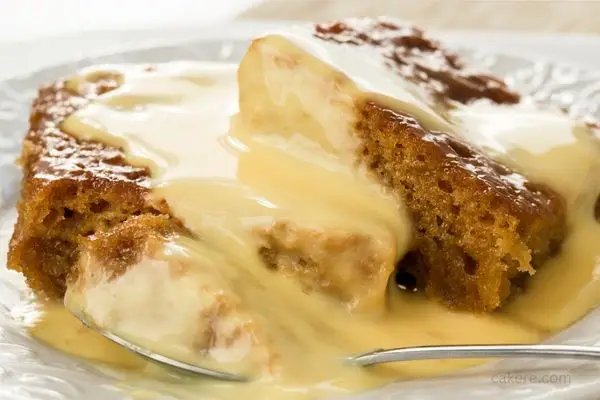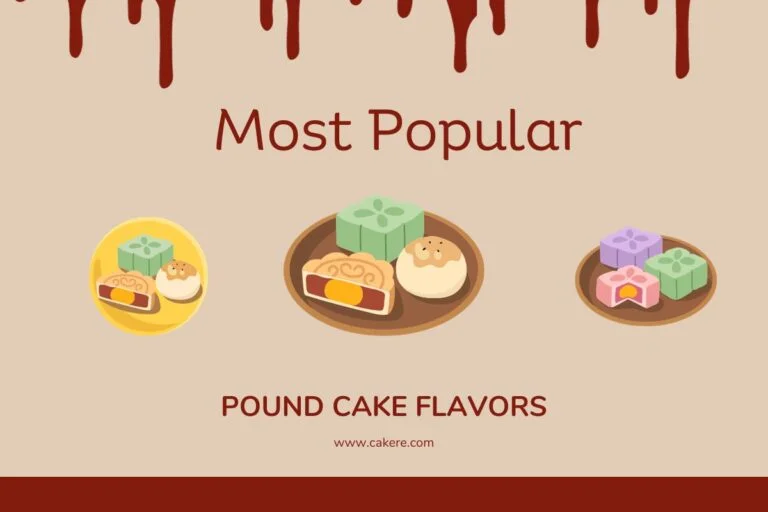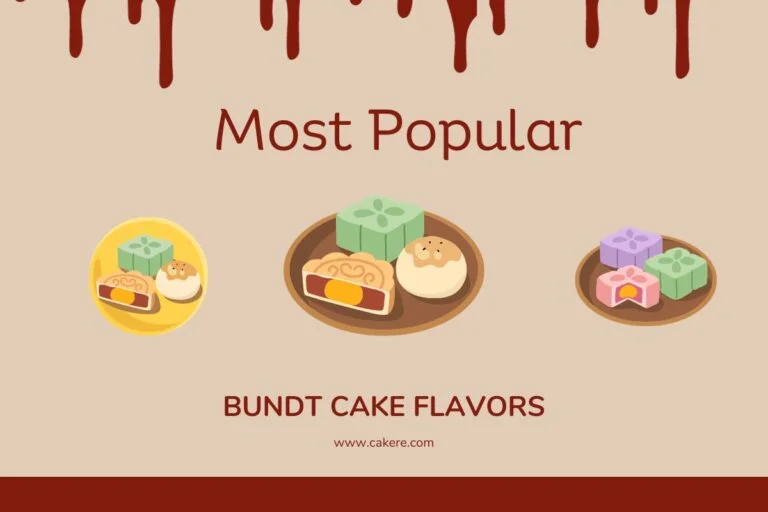Are you an avid baker or someone who loves to prepare delicious cakes for special occasions? If so, you might have wondered whether it’s possible to freeze a cake after applying the crumb coat. Freezing a cake at the right stage can be a great way to save time and prepare in advance.

Understanding Crumb Coating
Before diving into the freezing process, it’s essential to understand what crumb coating is all about. Crumb coating is a technique used in cake decorating to create a clean and polished look.
It involves applying a thin layer of frosting to the cake to trap any loose crumbs and create a smooth surface. This initial layer acts as a foundation for the final coat of frosting.
Freezing Cakes: Is it Possible?
The answer is a resounding yes! You can freeze a cake after crumb coating.
Freezing a cake at this stage is beneficial as it allows you to complete the time-consuming steps of baking and crumb coating in advance.
By freezing the cake, you can save valuable time and reduce stress when it comes to preparing for an event or celebration.
Benefits of Freezing Cakes After Crumb Coating
Freezing a cake after crumb coating offers several advantages. Let’s take a look at some of the key benefits:
- Time-saving: By freezing a cake after crumb coating, you can split the baking process into multiple sessions, making it more manageable and less time-consuming.
- Enhanced flavor: Freezing the cake allows the flavors to develop and intensify. It gives the cake time to settle, resulting in a moist and delicious final product.
- Convenience: With a crumb-coated cake in the freezer, you can be better prepared for unexpected events or last-minute celebrations. It gives you the flexibility to decorate and complete the cake when it suits you best.
Step-by-Step Guide to Freezing a Cake After Crumb Coating
Follow these steps to freeze your crumb-coated cake:
- Prepare your cake as usual, including baking and cooling it completely.
- Apply a thin layer of frosting to the cake, covering the entire surface. This is the crumb coat.
- Place the crumb-coated cake in the freezer, ensuring it is on a flat surface to prevent any deformities.
- Allow the cake to freeze for approximately 1 to 2 hours or until the frosting is firm.
- Once the cake is firm, remove it from the freezer and wrap it tightly in plastic wrap. Ensure that every part of the cake is well-covered to prevent freezer burn and maintain its freshness.
- Place the wrapped cake in a freezer-safe container or a resealable plastic bag. Label it with the date and contents for easy identification.
- Return the cake to the freezer and store it for up to 1 month. Beyond that, the cake may start to lose its quality.
- Remember to handle the frozen cake with care to avoid any damage during storage.
Thawing and Finishing the Cake
When you’re ready to use the frozen cake, follow these steps to thaw and finish it:
- Remove the cake from the freezer and carefully unwrap the plastic wrap.
- Let the cake thaw in the refrigerator for several hours or overnight. This slow thawing process helps maintain the cake’s texture and prevents condensation.
- Once thawed, you can proceed with applying the final layer of frosting or decoration, according to your original plan.
- Allow the cake to reach room temperature before serving for the best taste and texture.
Tips for Successful Cake Freezing
To ensure the best results when freezing a cake after crumb coating, consider the following tips:
- Use a sturdy cake base: Opt for a cake recipe that can withstand freezing and thawing without becoming soggy or crumbly.
- Wrap it well: Double wrap the crumb-coated cake with plastic wrap to protect it from freezer burn and avoid any odors from other foods in the freezer.
- Use quality ingredients: Use fresh and high-quality ingredients for both the cake and frosting to maintain their taste and texture during freezing.
- Allow for proper cooling: Ensure the cake is completely cooled before applying the crumb coat to avoid trapping excess moisture inside.
- Label and date: Always label the frozen cake with the date and contents for easy reference.
Conclusion
Freezing a cake after crumb coating is a convenient and time-saving method for avid bakers and individuals preparing for special occasions.
By following the proper steps and guidelines, you can successfully freeze a crumb-coated cake, allowing you to plan and complete your cake decorating process at your convenience.
FAQs
Yes, you can freeze a cake with cream cheese frosting. However, keep in mind that cream cheese frosting may become slightly softer after thawing.
You can store a crumb-coated cake in the freezer for up to 1 month without compromising its quality.
It’s best to freeze the cake after applying the crumb coat. This way, the cake retains its freshness and stability.
Yes, you can freeze a cake decorated with fondant. However, keep in mind that condensation may occur when thawing, potentially affecting the fondant’s appearance.
It’s not recommended to freeze a cake that has already been frosted, as the frosting may lose its texture and taste upon thawing.



